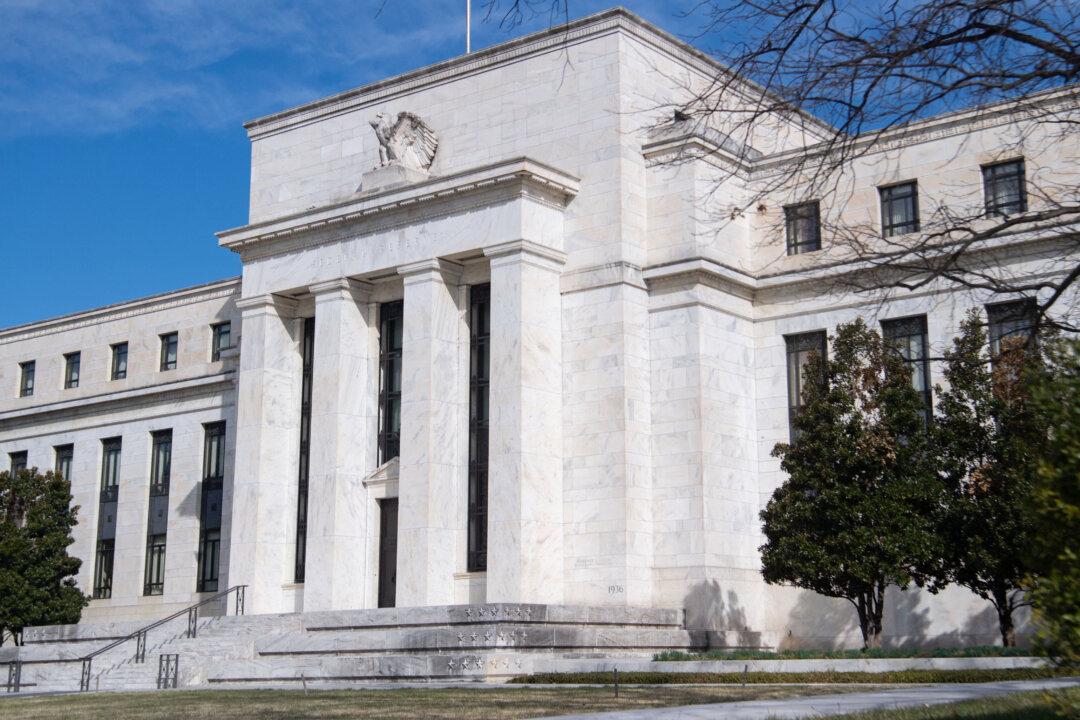The Federal Reserve paid out nearly $11 billion to banks and money market funds in August just for keeping cash of the entities and their clients parked at the central bank, according to Fed data.
The central bank is using this method to discourage lending at rates it considers too low. As it raises rates to counter inflation, though, it also pays the bankers more and more.





